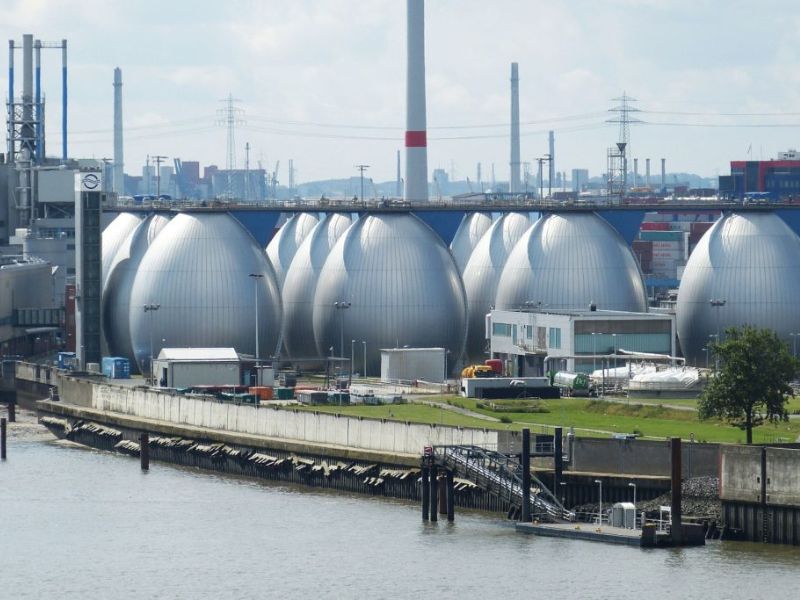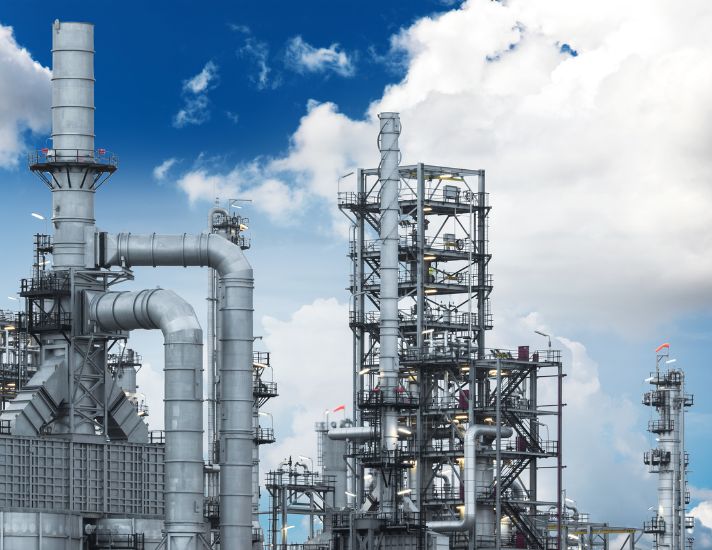Continuous Emission Monitoring Systems (CEMS) are automated systems that continuously measure and record the concentrations of pollutants in industrial emissions. These systems play a crucial role in ensuring that factories and production facilities comply with emissions regulations, protecting both human health and the environment.
Product
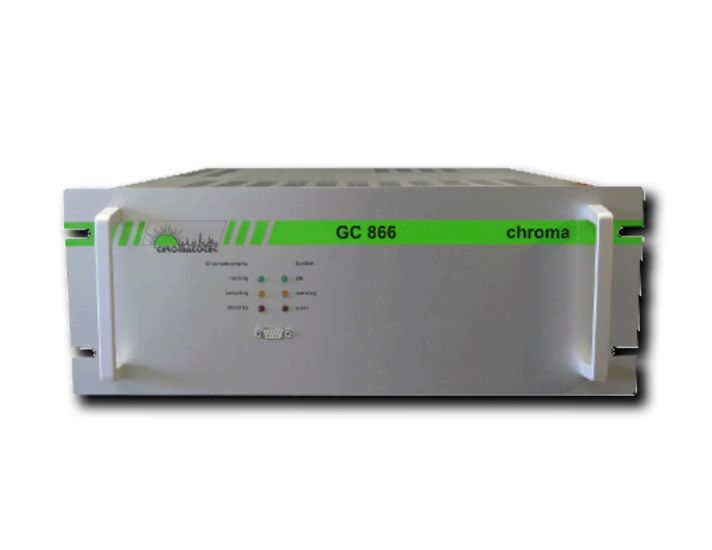
ChromaTHC
- Model: ChromaTHC
- Manufacturer: Chromatotec
- Clean Air Room
- Ambient Air Monitoring
- Waste Water Treatment Plant
- Impurities in pure gas processing
- Emissions monitoring
- Filter integrity monitoring
- VOC/UHC monitoring (Industrial Hygiene) in option
- Fence Line monitoring
- Odor control monitoring
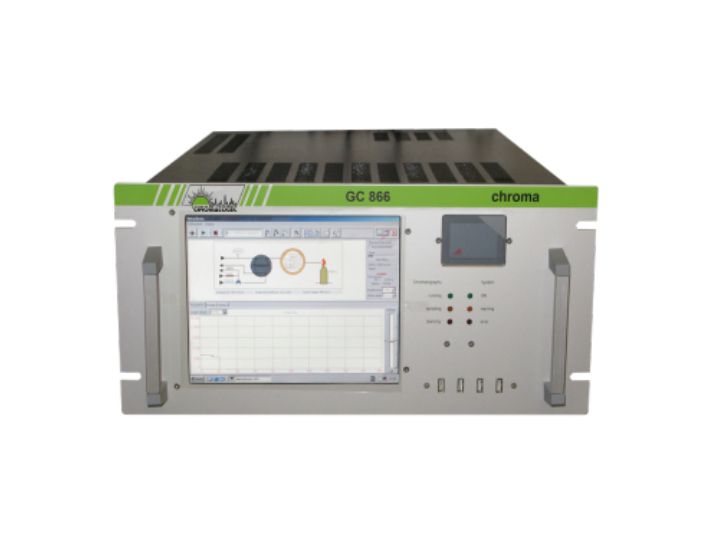
ChromaFID
- Model: ChromaFID
- Manufacturer: Chromatotec
- Pharmaceutical plant
- Heavy Chemicals
- Micro-electronics manufacture
- Emission monitoring: Incinerators, Solvents & paints, Petrochemical, VOC treatment (Filtration…)
- Environnement
- Industrial Processes...

H2S MEDOR
- Model: H2S MEDOR®
- Manufacturer: Chromatotec
- Trace and ultra trace detection in Natural Gas / LPG / Gaseous Fuels
- H2S in crude oil / Diesel / Fuel oil / Condensates / water
- Deodorisation/Desulfurisation control ppb
- Catalyzer protection
- H2S in pure gas : H2 with special application
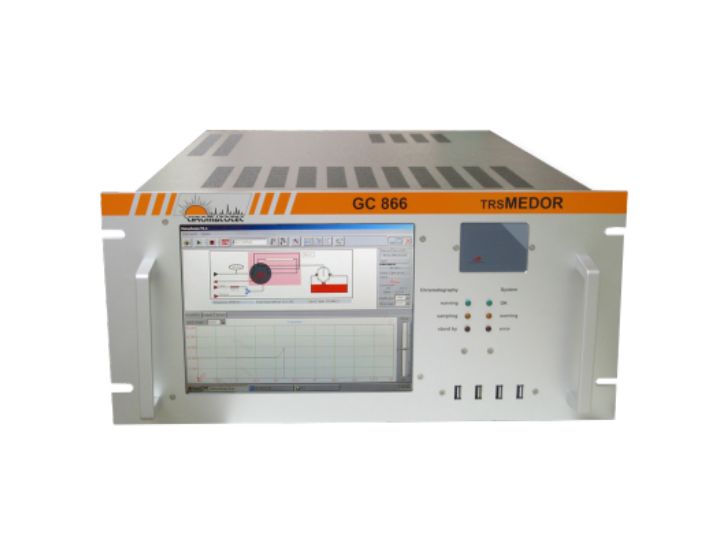
TRS MEDOR
- Model: TRS MEDOR
- Manufacturer: Chromatotec
- The TRSMEDOR® ppm
- The TRSMEDOR® ppb
- Fence line
- Fermentation process
- Deodorization process
- Fugitive emission
- Standard version: H2S / SO2 / MM / EM / DMS / DMDS / DES
- Upon request: IPM / TBM / NPM / MES / 2BM / IBM / NBM / THT
- WWTP / Refineries / Petrochemicals / Gas process sites
- Ambiant / Industrial air monitoring
- Odor impact management
- TRS measurement
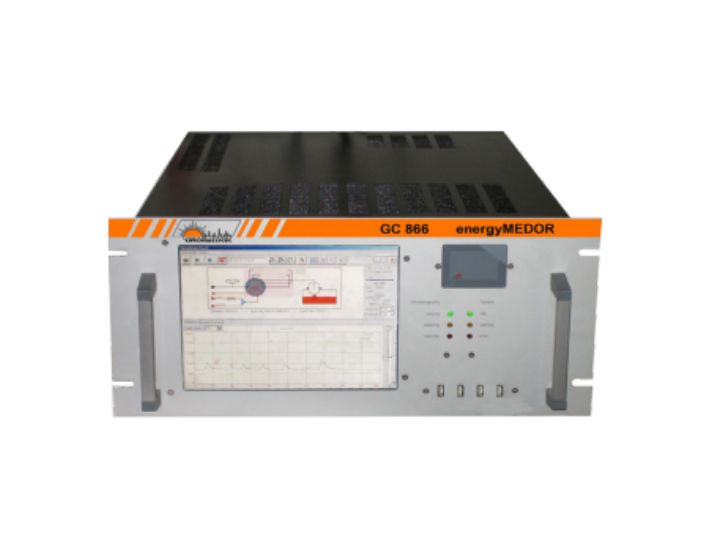
energyMEDOR
- Model: energyMEDOR®
- Manufacturer: Chromatotec
- Impurities detection in Natural Gas / LPG / Propane / Butane
- Deodorisation control ppb
- Propellant gas
- Catalyzer protection
- Natural gas or LPG odorisation control ppm
- Petrochemical
- Gas transportation
- Process
- Fiscal metering station
Overview
Industrial emissions contain various hazardous substances to the environment, as they can include NOx, CO2, H2S, HF, dust, and other compounds. Emissions can exist in the form of gas or vapor, and some substances are soluble in water. Manufacturing plants typically release these substances into the environment through smokestacks.
Continuous Emission Monitoring Systems (CEMS) are automated systems that continuously measure and record the concentrations of pollutants in industrial emissions. These systems play a crucial role in ensuring that factories and production facilities comply with emissions regulations, protecting both human health and the environment.
Chromatotec’s gas chromatography system is applied in CEMS to accurately monitor and analyze the components of industrial emissions from various industrial plants, offering several advantages:
-
- Detection of H2S and mercaptans at 1 ppb, meeting the need for monitoring low-concentration pollutants.
- Analysis of all mercaptan compounds without the use of gas cylinders, saving costs and ensuring safety.
- Use of permeation tubes for calibration, simplifying the process and reducing operational time.
- Monitoring emissions from various sources, including power plants, chemical plants, oil refineries, etc.
- Suitable for both safe and hazardous areas, ensuring operator safety.
Application
Total HydroCarbons analysis with chromaTHC
CH4 and Non-Methane Total Hydro Carbon (NMTHC) Monitoring and analysis of Methane and Non-Methane Hydrocarbons by flame ionization detection (ppm level analysis)
The chromaTHC is an automated isothermal industrial gas chromatograph dedicated to the analysis of volatile organic compounds in air (indoor, outdoor, combustion), industrial hygiene, pure gas like N2/CO2/O2.
-
- As a fully automatic instrument, the CHROMATHC allows un-attended operation after commissioning 24/24.
- The injection is made via a loop and valve installed in an isothermal oven at a standard 80°C.
- The separation between CH4 and (C2H6 for UHC) and NMTHC is achieved using a column with back flush.
Measuring H2S in the Emissions of a Titanium Plant
Measuring the level of H2S in the smoke from a titanium plant is crucial for process control. The two main methods used in producing Titanium Dioxide are the sulfate process and the chloride process. In the sulfate process, the initial digestion step generates smoke containing H2S, a harmful substance. This smoke needs to be cleaned to reduce the H2S concentration before being discharged, as it can corrode equipment and pipes and reduce the efficiency of catalysts. The MEDOR H2S analyzer is used to monitor the efficiency of the cleaning process. It is capable of online measurement of H2S concentrations up to 50 ppm in the smoke emitted from the digestion process, even when the COS (carbonyl sulfide) concentration is very high (5000 ppm). This analyzer includes an automated gas chromatograph equipped with a special electrochemical humidity sensor for sulfur (ED), providing reliable results down to 1 ppb. It is also designed to be safe with international certifications such as ATEX, IECEx, CSA, and CSA.
Analysis of H2S ppm and Mercaptans in Odorous Flue Gas
Unpleasant odors often caused by substances like H2S and mercaptans need to be analyzed to quantify their levels in flue gas emissions. Typically, four sulfur compounds are involved in wastewater treatment:
-
- Methylmercaptan (Me-SH), unpleasant odor + toxic
- Dimethylsulfide (DMS), unpleasant odor
- DimethylDisulfide (DMDS), unpleasant odor
- H2S, unpleasant odor + toxic
- NH3 and Amines, unpleasant odor
Conventional total sulfur analyzers can only measure total sulfur, while Chromatotec’s solution enables more detailed analysis, measuring individual mercaptans at very low levels, as low as 1 ppb. This enhances odor detection capabilities in air.
TRSMEDOR operates without gas cylinders and offers inherent high sensitivity. Additionally, the system is equipped with permeation tubes for calibration and result accuracy verification.
Measurement of H2S in Recycled Hydrogen Gas in the Petrochemical Industry (ppb)
In the petrochemical industry, measuring H2S concentration in recycled hydrogen gas is a crucial step. The Propane Dehydrogenation (PDH) process is employed to produce high-quality propylene from propane. In this process, propane is fed into reactors where a catalyst facilitates the removal of hydrocarbon molecules. The resulting H2 gas is then separated from other products. If propane is not completely desulfurized, H2S in the recycled H2 gas can harm the catalyst or damage equipment. Therefore, measuring H2S concentration in the gas exiting the reactor is essential.
Chromatotec’s MEDOR H2S Analyzer is a system used to measure real-time H2S concentration in the recycled hydrogen stream. This gas typically comprises up to 60% H2, along with propane and propylene. The analyzer can measure H2S concentrations from 0-1 ppm.
Odorant Injection and Control System for Natural Gas
During the transport and use of natural gas, to ensure user safety and detect gas leaks, odorants like Mercaptan or THT are added. This process is called odorization and odor control in the pipeline system. These odorants are typically selected based on country regulations, but common applications include Ter Buthyl Mercaptan (TBM), TetraHydroTiophene (THT), and MethylEthylSulfide (MES). To ensure natural gas quality and manage odor in the pipeline system, we often need to analyze H2S and mercaptan concentrations in natural gas (ppm) to ensure compliance with safety regulations.
Plant Protection and Process Optimization
Are crucial objectives in industrial operations. A critical issue is the need to analyze total chlorine as well as organic compounds in a short time frame. This is necessary to protect and ensure efficient boiler operation, as VOCs can limit combustion efficiency and the presence of chlorine and fluorides can damage the boiler. To address this challenge, Chromatotec offers the ChromaFID gas chromatography analysis solution for the rapid analysis of volatile organic compounds (VOCs).

